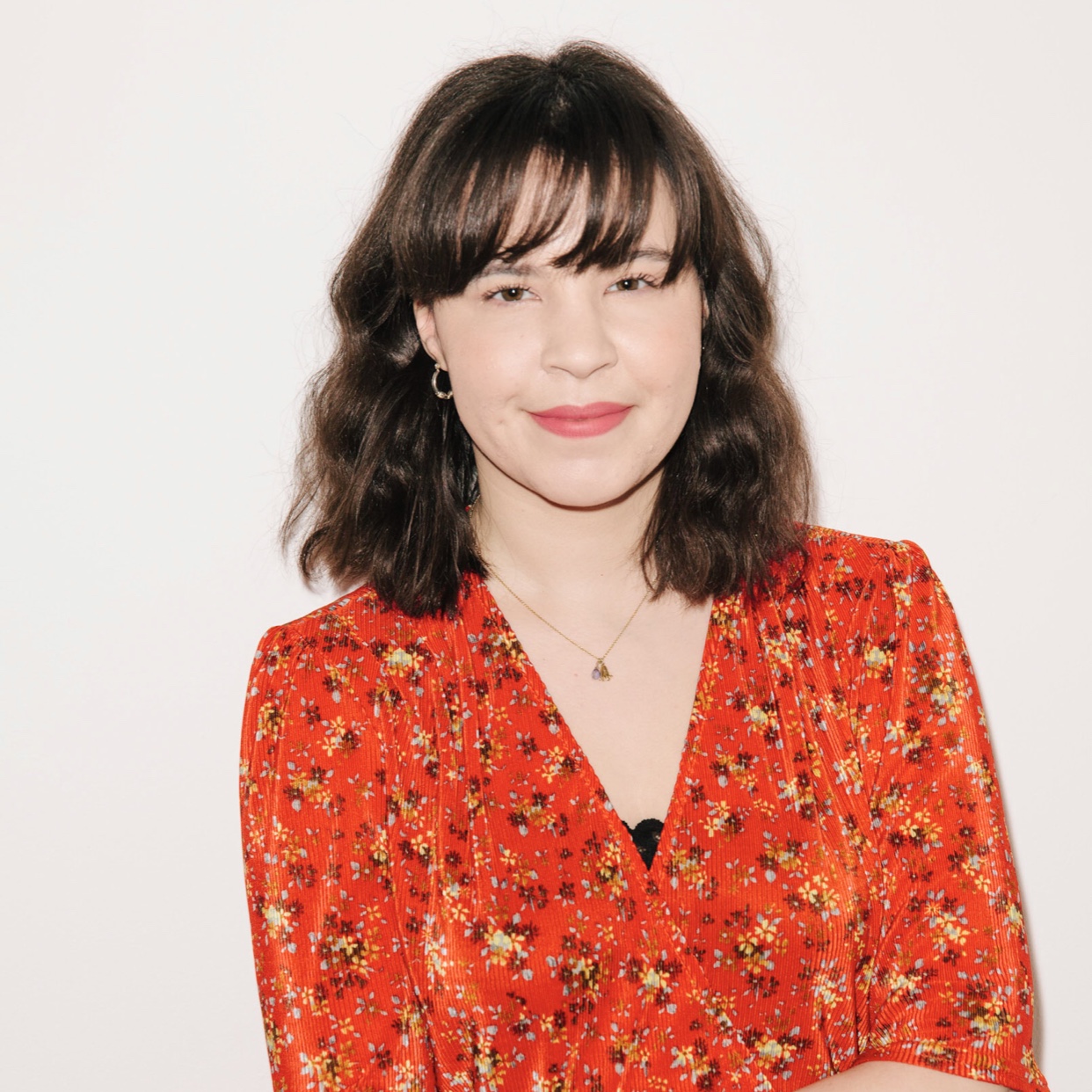According to experts, these low-maintenance hair colour techniques require basically no upkeep
Minimal salon trips required


When it comes to hair transformations, switching up your colour is one of the most time-consuming changes that you can make. For an all-over hair colour you can expect to be spending at least a couple of hours in the salon chair, but it could be even more depending on the intricacies of the colouring technique that your stylist is using. And it doesn’t end there. Once you’re back home with your freshly-tinted style (we're loving chocolate hair right now), keeping that colour looking its best is another commitment. From toning shampoos and conditioners to colour-boosting treatments, there’s a whole routine that’s required to care for coloured hair. Then 6 weeks later? It’s time for a root touch-up.
As someone who is notoriously lazy when it comes to haircare, the upkeep of hair colour has always felt too overwhelming a prospect for me—hence the fact that my own hair has never come into contact with so much as an at-home box dye. However, with so many cool colour trends dominating at the moment (cowgirl copper, I’ve got my eye on you) I wanted to know if there are any less taxing hair colour techniques that might tempt me into the salon chair for the first time.
Ahead, I spoke with two hair experts to get their take on the best low-maintenance hair colours and their recommendations for the best products to care for them at home.
1. Balayage

Undoubtedly, balayage was the most recommended approach for anyone seeking a more low-maintenance hair colour. It’s a hand-painted technique where small sections of colour can be applied exactly where you want them. “It gives a lived-in feel to the colour,” explains Alisha Dobson, Managing Director of Bleach London Salons. The best thing about it is that you can get away with topping it up every 6-9 months—so it means you’ll only need to visit the salon once a year for your colour. “To keep it really low-maintenance, choose a colour that’s just a few shades lighter than your natural hair colour,” says Alisha. “Shades of honey and copper work really well and blend nicely for a natural looking grow-out.”
2. Demi-Permanent Hair Match

It makes sense that hair experts were pretty much in agreement that if you want a low-maintenance hair colour then you need to opt for a shade that’s similar to your existing hue. “My favourite hair colouring technique for people wanting less maintenance is to work with a demi-permanent colour that matches your natural root shade, so when the hair grows out the colour blends naturally,” says Emma Vickery, Creative Director at Percy & Reed. Demi-permanent hair colours are free from ammonia and only coats the surface of the hair cuticle with colour, rather than penetrating it. This means that while it won’t last as long as a permanent colour, it’s less damaging and still lasts up to 30 washes.
3. Colour Gloss

If you’re totally new to hair colour then Alisha recommends asking your colourist for a 'semi' or 'quasi' colour. Describing it as a “modern day wash in, wash out” treatment, these colours wash completely out of your hair in just a few washes. So rather than having to focus on the upkeep of your colour, you can simply start again with something new or—if you loved the look of it—go for a permanent hair dye in the same shade next time. “By adding a colour not too far away from your natural shade, it will just fade out rather than have visible re-growth,” explains Alisha. “And gloss treatments in particular are great for boosting shine.” Alisha suggests that blondes opt for honey tones to neutralise brassy areas, darker brunettes for inky, ashy browns, while lighter brunettes or redheads could experiment with coppers and cherry cola shades.
4. Root Smudging

Grown-out roots are the biggest giveaway that it’s time to book another hair colour appointment, but root smudging is a low-maintenance hair colour technique that helps to blur the lines between your natural root colour and any highlights, balayage, or colour that you have on the rest of your hair. It’s effectively a small gradient that creates a natural-looking transition so that you don't get such a harsh look when your roots start to grow out. “It will all depend on your natural root or base colour, but if your hair is lighter then opt for a natural blonde or creamy tone and if the hair is darker then opt for a similarly dark colour as it means the roots will blend and grow out naturally,” says Emma.
Celebrity news, beauty, fashion advice, and fascinating features, delivered straight to your inbox!
The best products to maintain your hair colour at home

Mica Ricketts is a freelance beauty editor and contributor to Marie Claire. She has written for titles including Refinery29 and Who What Wear UK, and also works with beauty brands on content messaging and marketing copy. She was previously Who What Wear UK's beauty editor. As someone that has tried basically every acne product on the market, she has a particular passion for debunking skincare myths and finding products that work. Plus, with two small children at home she is all about time-saving beauty routines that boost glow and disguise dark circles.



